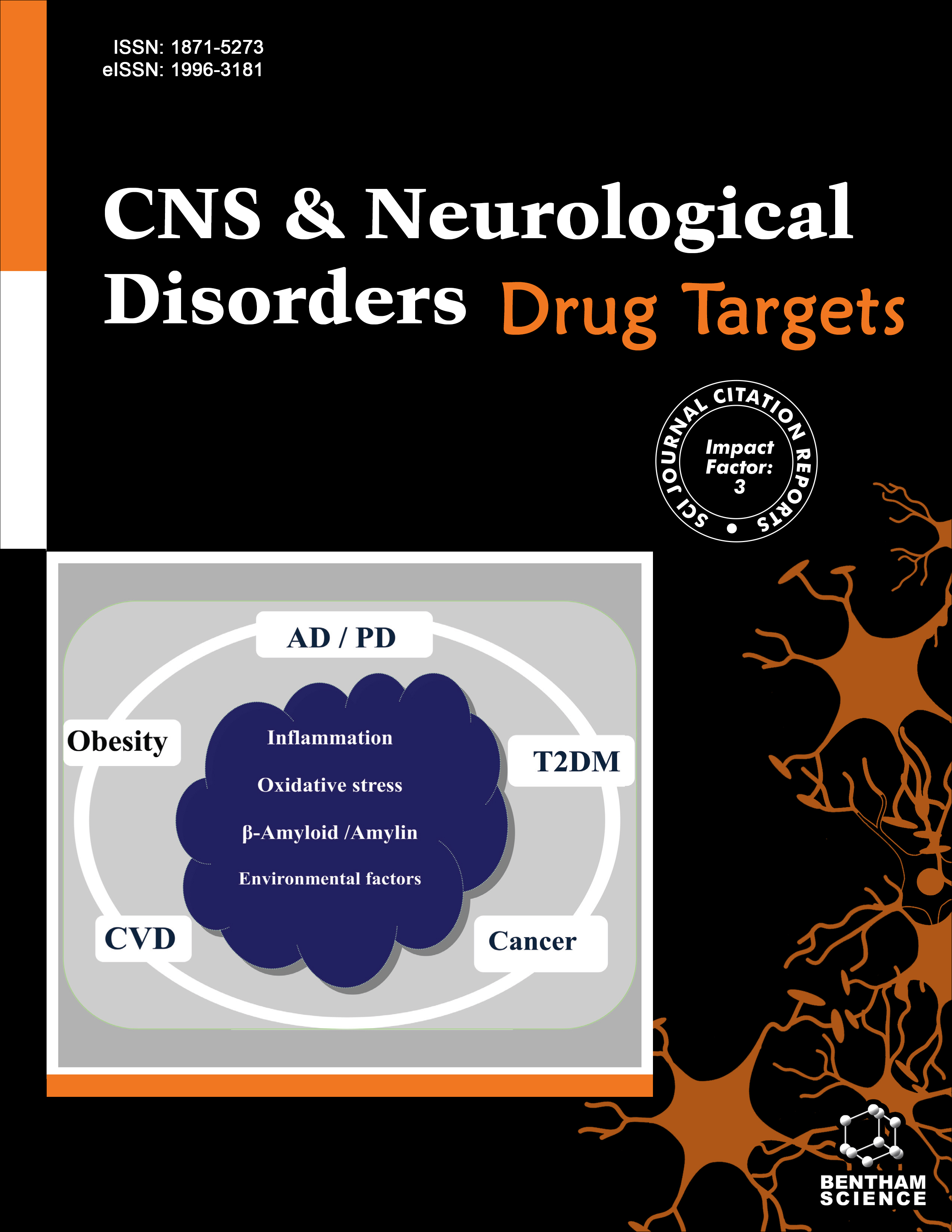
Full text loading...

Neuronal disorders have affected more than 15% of the world's population, signifying the importance of continued design and development of drugs that can cross the Blood-Brain Barrier (BBB).
BBB limits the permeability of external compounds by 98% to maintain and regulate brain homeostasis. Hence, BBB permeability prediction is vital to predict the activity of a drug-like substance.
Here, we report about developing BBBper (Blood-Brain Barrier permeability prediction) using machine learning tool.
A supervised machine learning-based online tool, based on physicochemical parameters to predict the BBB permeability of given chemical compounds was developed. The user-end webpage was developed in HTML and linked with back-end server by a python script to run user queries and results.
BBBper uses a random forest algorithm at the back end, showing 97% accuracy on the external dataset, compared to 70-92% accuracy of currently available web-based BBB permeability prediction tools.
The BBBper web tool is freely available at http://bbbper.mdu.ac.in.

Article metrics loading...

Full text loading...
References


Data & Media loading...
Supplements